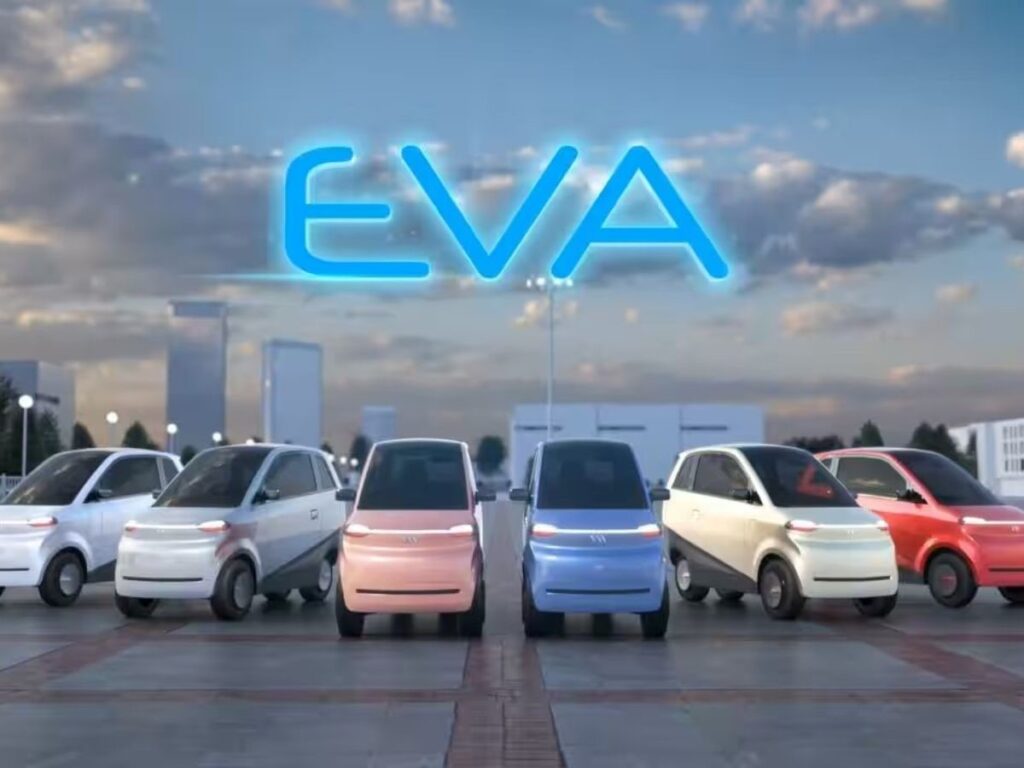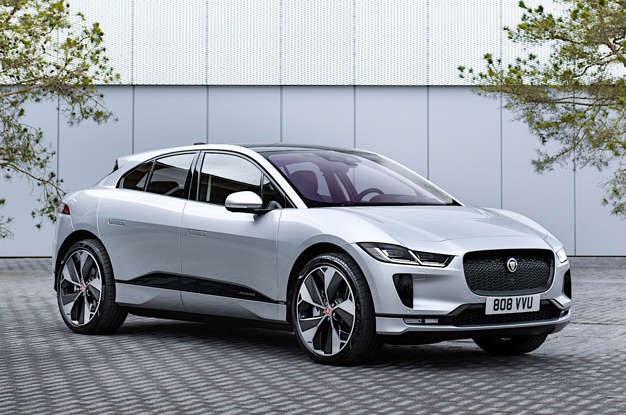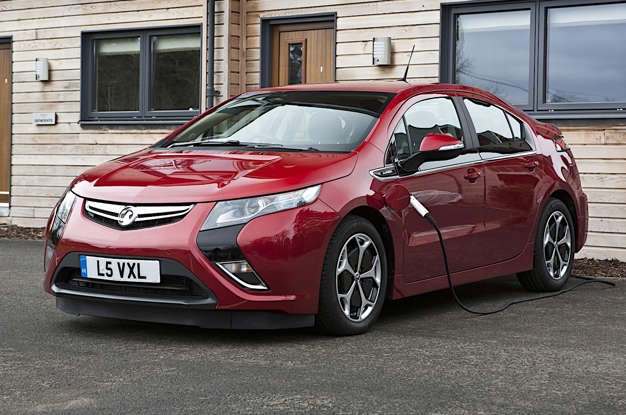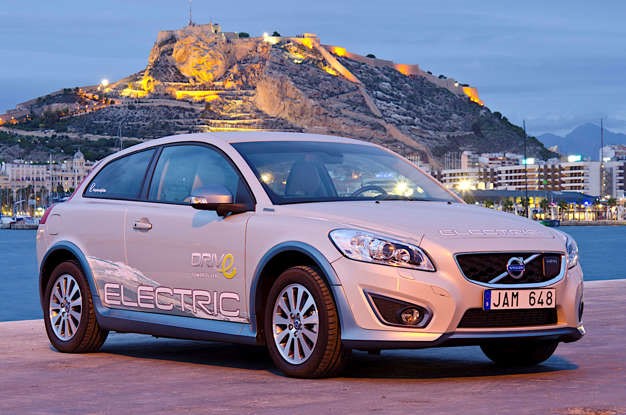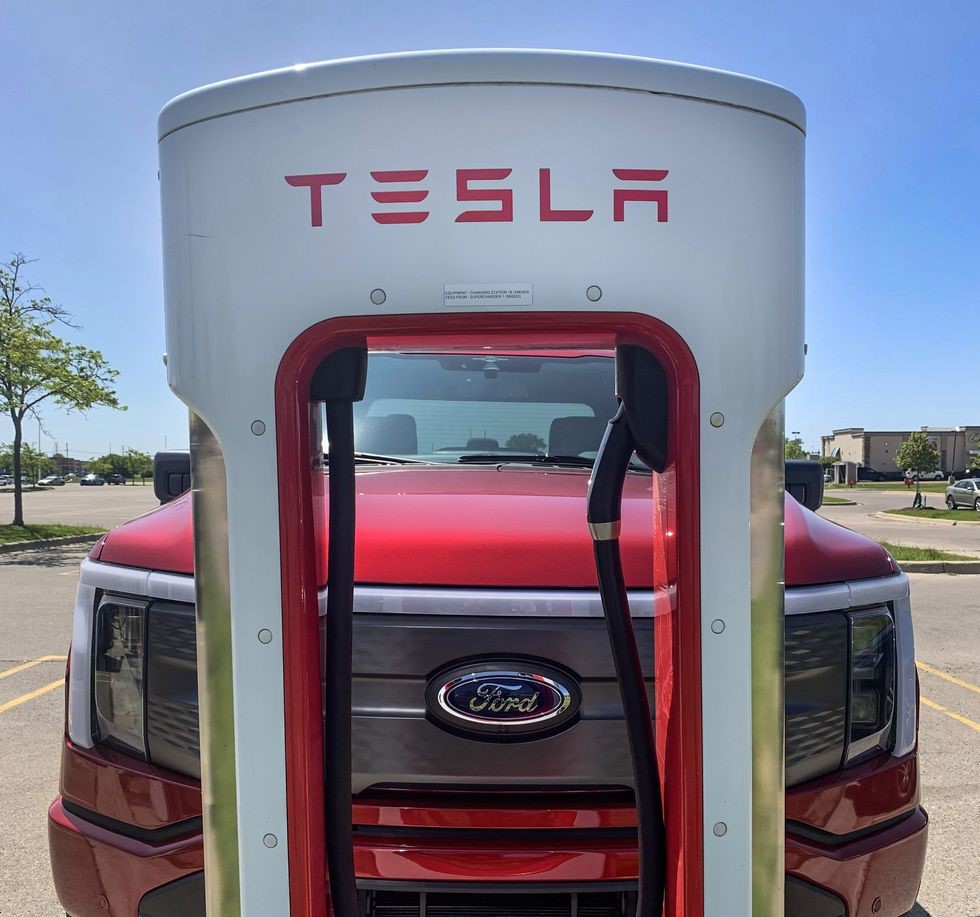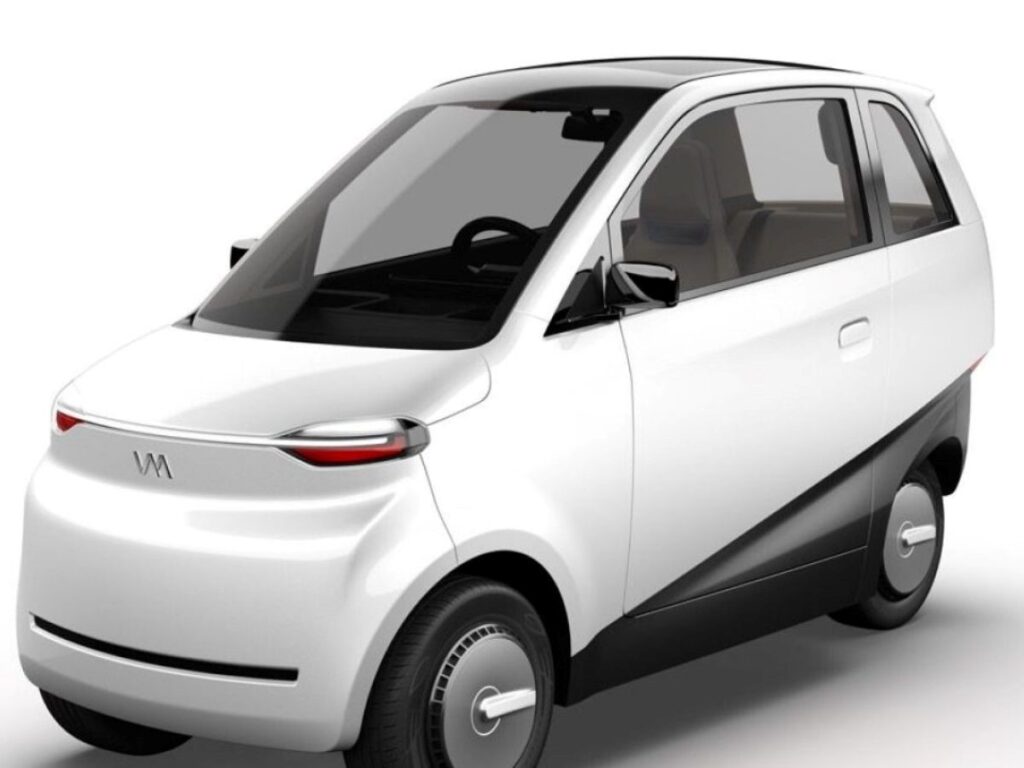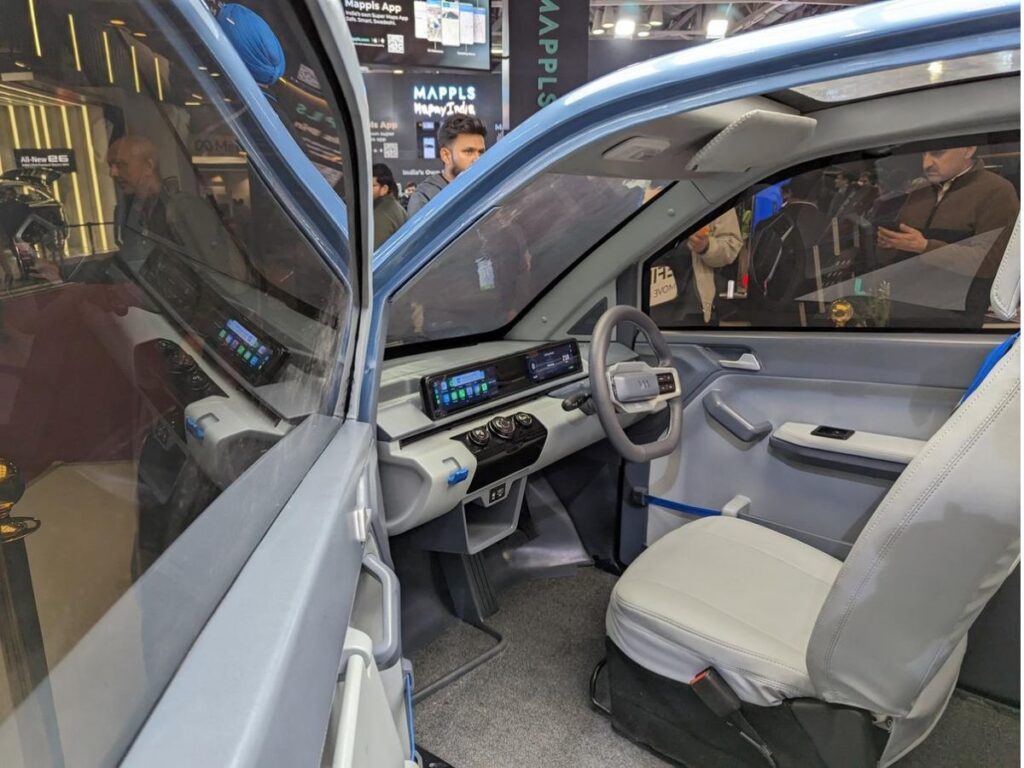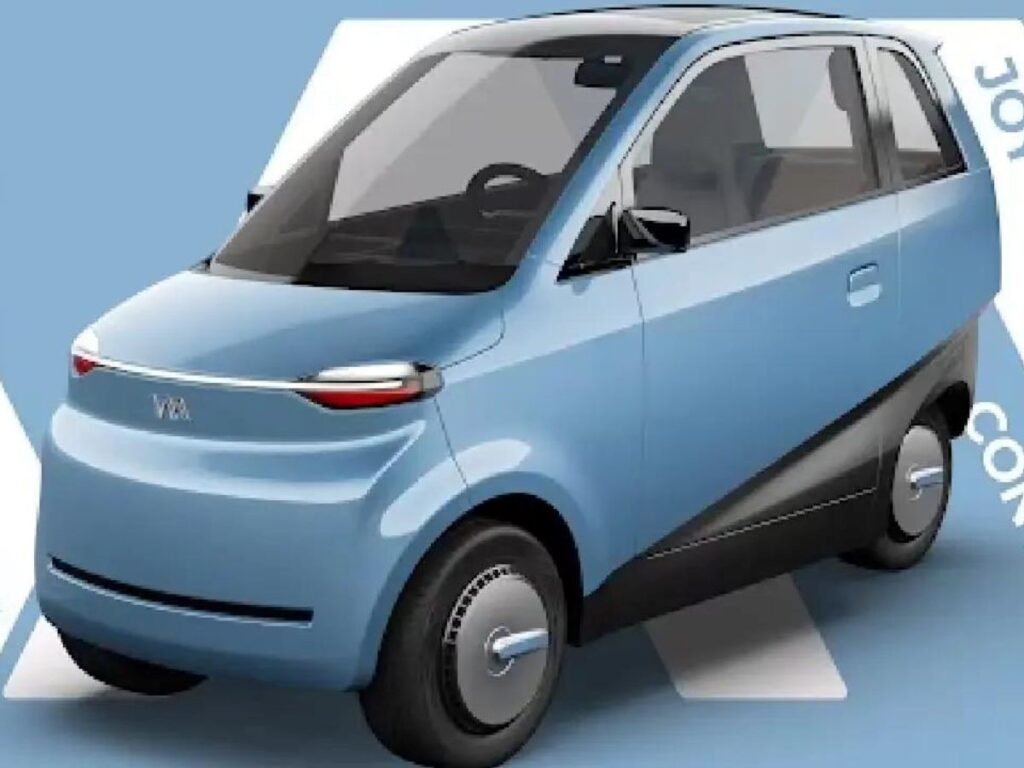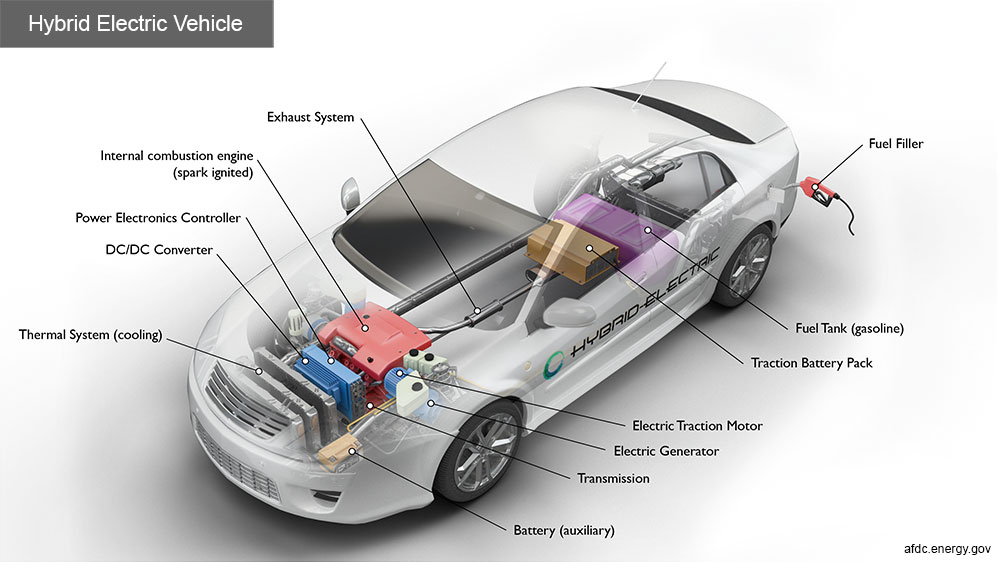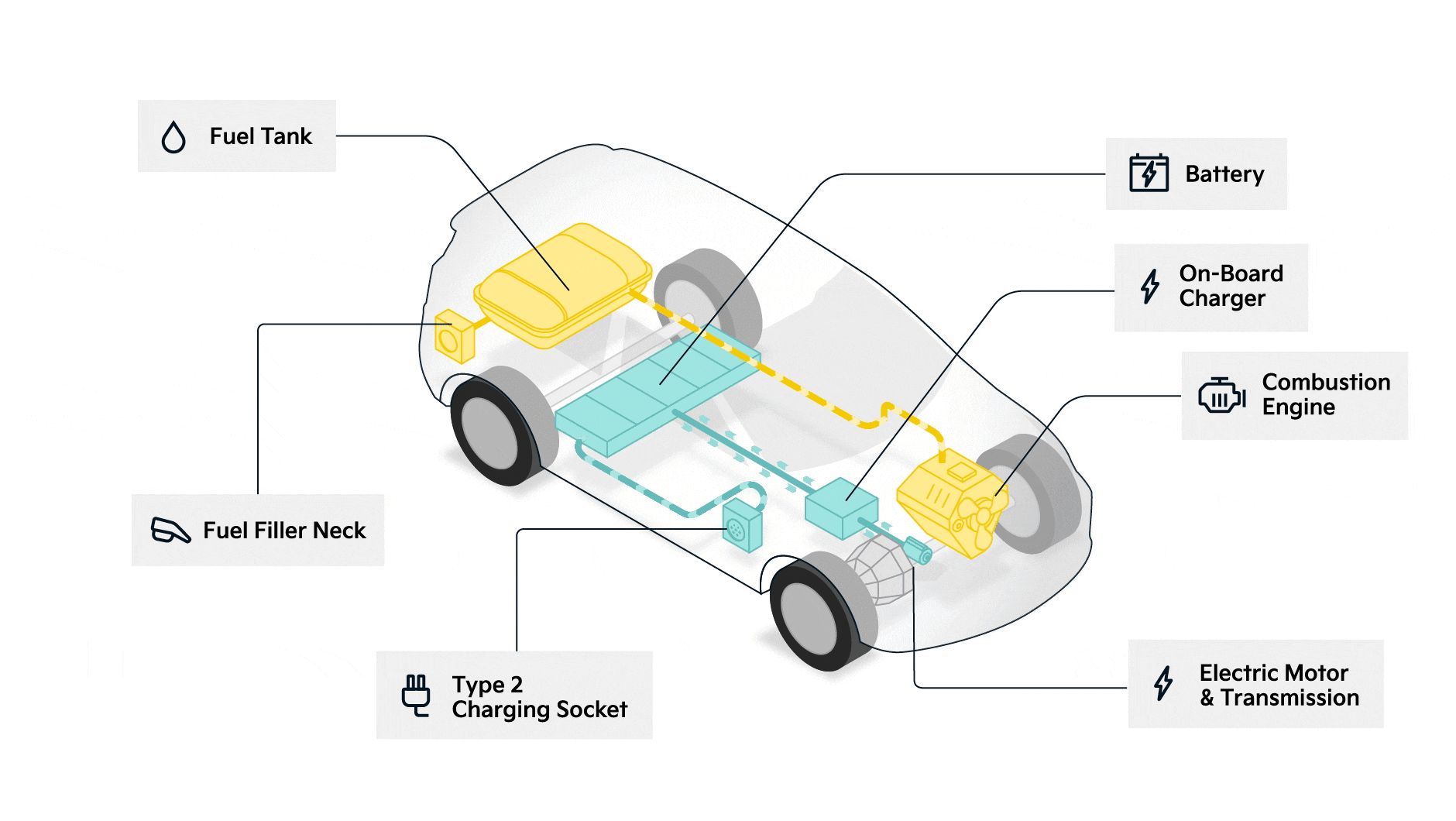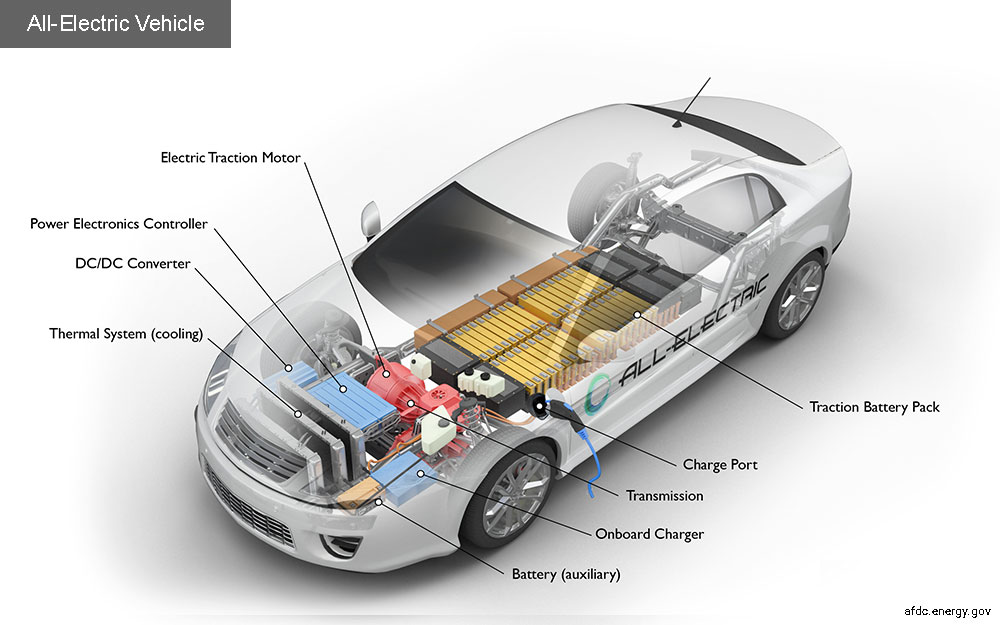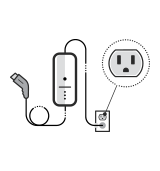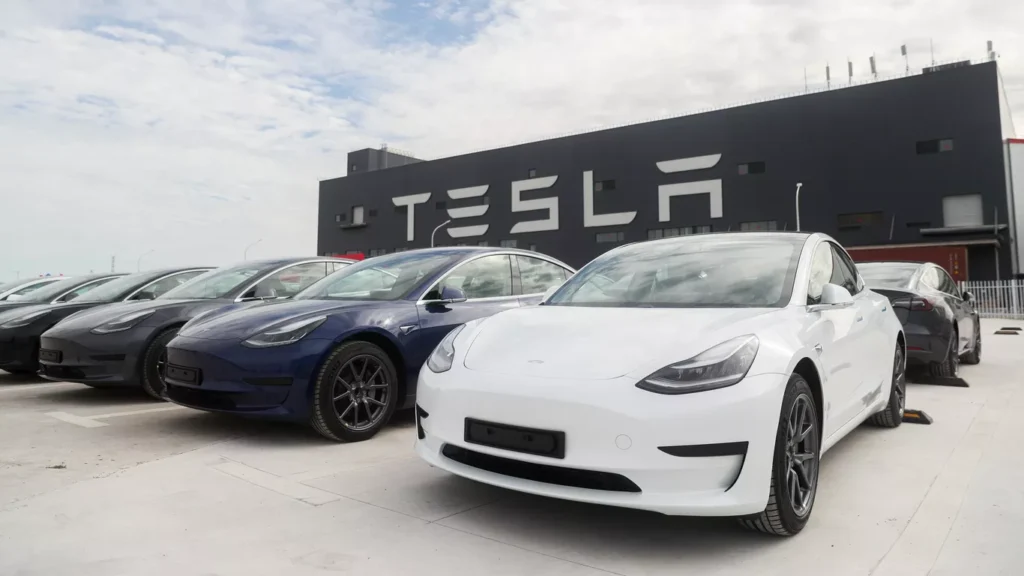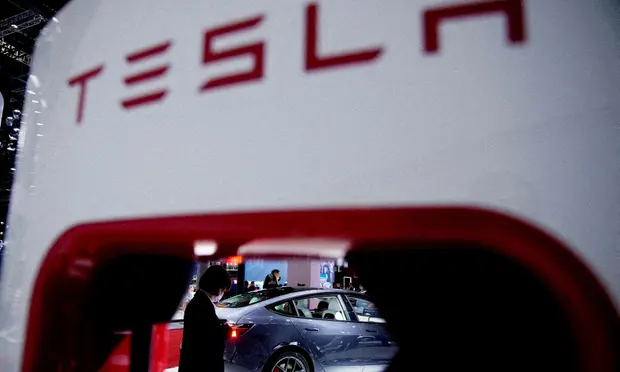Introduction: Electric Car
The number of Electric Car consumers are increasing, and various convincing opinions are there in favor of this revolutionary trend. However, some people hold a negative perception of the electric vehicles and claim that these vehicles are not fit for daily use.
As more Electric car charging stations are being established throughout cities and highways across the world, people’s perceptions are changing and they are looking forward to electric vehicles.
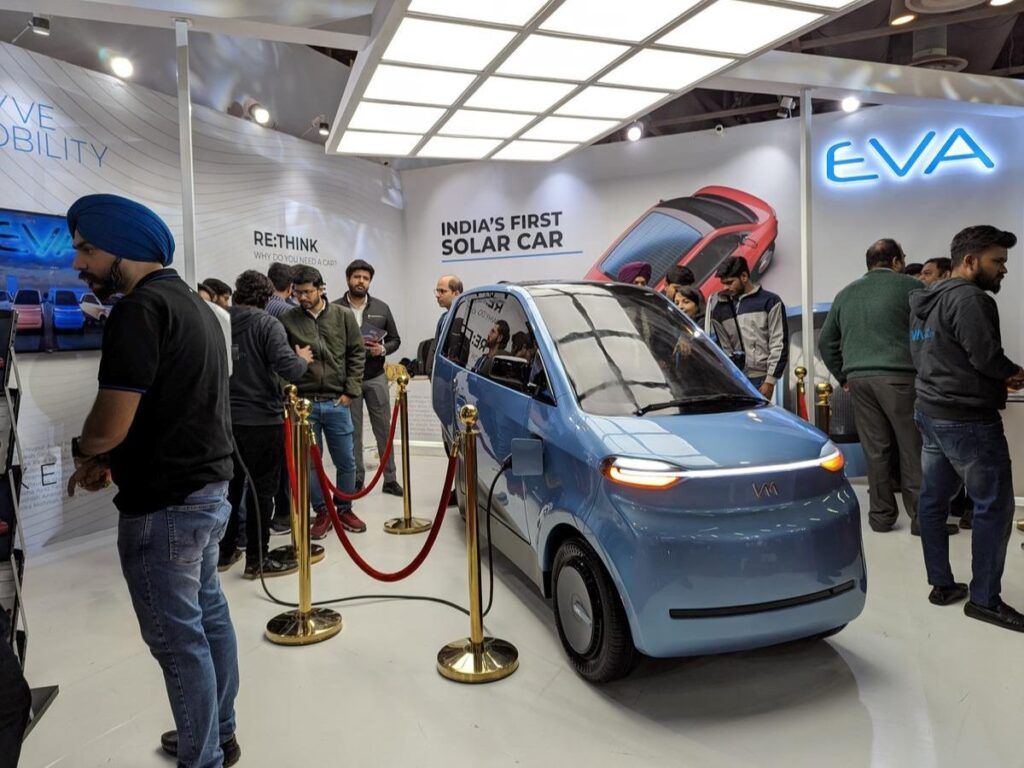

Source: Image by Senivpetro on Freepik.
The electric cars have numerous benefits over a gasoline powered vehicles.
The following 10 economical and environmental reasons why we should go for an electric vehicle:
1. Safety features of Electric Car:
Electric cars are equipped with many advanced safety features, which ensures that EV owners keep themselves, their belongings, and others on the road to be safe.
As per the report from the Institute for Highway Safety, the electric vehicle injury claims are substantially less than the gas vehicles.
Electric Cars are generally come with the following safety features:
- Adaptive Cruise Control in Electric Car:
The adaptive cruise control system monitors the objects in front of the vehicle using the sensors or cameras. If your vehicle is just about to rear end of someone, the adaptive cruise control technology will instantly engage your brakes to prevent a collision.
- Automatic High Beam Deactivation in Electric Car:
This is a camera based system that deactivates the high beams when detects a close distance between two vehicles.
- Forward Collision Warning(FCW)System in Electric Car:
The forward collision warning system uses sensors to identify a potential accident when your vehicle approaches a vehicle or other things ahead. The FCW system informs you when you are going too fast and recommend you to slow down to avoid an accident.
- Lane Departing Warning(LDW)System:
This system is a camera-based technology that senses and detects whether the driver is about to drift out of their lane using onboard camera.
- Lane Keeping Assistance:
The lane keeping assistance pushes the vehicle back into its lane when a driver fails to respond the lane-departure warning.
- Blind Spot Monitoring:
This monitors traffic in the adjoining lanes and indicates if a vehicle approaches from either side.
- Surround View Camera:
The facility supports in parking by providing the driver with 360- degree picture of the vehicle and its surroundings
2. Instant Torque and Acceleration of Electric Car:
The twisting force, torque is the important features, which makes electric vehicles different from the fuel-powered vehicles or gasoline vehicles. The electric motor’s allows instantly moving away when you press the pedal in a hybrid or electric vehicles.
The major difference between electric and gas powered vehicle is that the electric vehicles does not need any transmission system. In electric vehicles, by pressing the acceleration pedal, the car’s motor immediately sends power to the wheels and develops an instant torque and the acceleration.
In gasoline-powered vehicles, the engine power can be delivered to the wheels after an operation of multi-gear downshift. And in case of electric vehicles, only a simple connection to the battery is required to power the wheels.

Source: Image by Fanjianhua on Freepik.
3. Silent and comfortable Features in Electric Car:
In electric vehicles, as there is no engine and very few moving parts, the noise is negligible. Thus, the silence and the comfort is the two basic things that people look for in their car, and gets in an electric vehicles.
The electric vehicles are equipped with all the modern features like air-conditioning, heating and other amenities, which provides all comforts to the passengers.
4. Less Maintenance:
As there is no engine and transmission system and very few moving parts in electric vehicles, there is no friction and hence no wear & tear. No need to do periodic maintenance of changing mobile oil, coolant, brake oil, gear oil etc. Only battery charging is required and a periodic rotation of tires is necessary.
5. Cheaper in fuel:
The initial purchase cost of an electric vehicle is little higher than the gasoline powered vehicles. However, the after purchase maintenance and fuel cost is lesser than the conventional gasoline powered vehicles. There is no need to fuel electric vehicles as it runs on battery-powered electric motors.
The battery can be charged free of cost or with minimal charge on public charging stations.Even you can charge your car at your home itself.

Source: Image by Freepik
6. Buyers’ Incentives:
There are government incentives and tax rebate available on the purchase of the electric vehicles. To promote the electric vehicles, make a clean and green environment the consumers are motivated with many incentives to go for the pollution free transport facilities.
There are number of financial measures designed to incentivize consumers for purchasing the electric vehicles by the European Union.
7. Tax Cuts:
To encourage the electric vehicles sales, government has implemented a plan to increase the tax burden on conventional gasoline powered vehicles with greater emission and give relaxation in tax to those vehicles like electric and hybrid vehicles with lower emissions.
Norway is the best example of the highest attention of electric vehicle sales in the world. Here the new car buyers save 25% on an electric vehicle purchase since from starting as because of exemption in VAT.
In Germany, also the electric vehicles are free from vehicle tax for up to 10years.
The United States also give tax relaxation for purchasing electric vehicles. Even, the national federal taxes based on fuel usage, including the gas tax and car registration costs are exempted.

Source: Image by rawpixel.com on Freepik
8. Less Depreciation Value:
It is important to think about the depreciation value and the rate of depreciation while purchasing your vehicle. However, it depends on many variables including kind, model, age and condition of the vehicles.
As per the scientific studies, the value of electric vehicle is more stable than that of the conventional gasoline vehicles. An analysis by Autolist shows that the Tesla model S has more retention value than its gas powered competitors like Audi A8. Mercedes S-class and BMW 7 Series.
9. Zero Emission:
Electric vehicles are better for planet. The electric vehicles have no emission, as there is no tail pipe.
In EVs, there is no combustion as in internal combustion engine vehicles. A gasoline-powered vehicle emits various harmful pollutants like carbon dioxide, nitrogen oxide, ozone and particulate matters. These pollutants affects badly to human health and the climate.
However, the electricity used to power the electric vehicles comes from the coal power stations, it is still the electric vehicles emit less global warming pollution than the conventional gasoline vehicles.
Again, for no impact on world’s carbon footprint, the solar powered electric vehicles are good for zero emission. Because there is no pollution or waste involved in the process of powering your vehicle, this is the most environmentally responsible way to drive a car.
10. Unlimited Access to City Centers:
Many polluting vehicles are restricted in city centers of major European cities. However, the electric cars have unlimited access to city centers and low emission zones.
Many cities like Paris, Barcelona, Madrid and London have their own vehicle entry regulations. And these cities have low-emission zones to reduce the air pollution by barring certain types of vehicles from entering specific areas at all times or on specific days of the week.
In Paris, for example, you can only drive your car into the city center if it is electric or has been adapted for disabled people.
In London, there are different rules depending on how old your car is; newer cars can enter the center without issue, but older vehicles may be required to pay a fee.

Source: Image by Freepik
11. Conclusion:
Now it is very important than ever to take an action to protect the environment. There are various ways to protect and make your environment clean and green and pollution free. It is our responsibility to give a better atmosphere and safe life for our coming generation.
One of the various ways is to switch for alternative fuel vehicles and the electric cars are the best option. The electric cars does not demand to sacrifices your comfort or safety. Nowadays the electric vehicles are widely demanded and opted by the drivers who are looking for the new technologies and even don’t think to pay little extra for getting high technology cars with all comforts and environmental friendly.
The whole world is changing rapidly and opting the new generation technology in every fields and we too need to change with the upcoming generation and the technologies. There are enormous benefits of opting the new generation electric cars. It is not only beneficial for a person or for his/ her family but for the whole planet.
Ultimately, the choice is yours, if you think to do something for the climate change and want to make a bright and clean future for our next generation; you should go for the alternative fuels and the electric cars.














